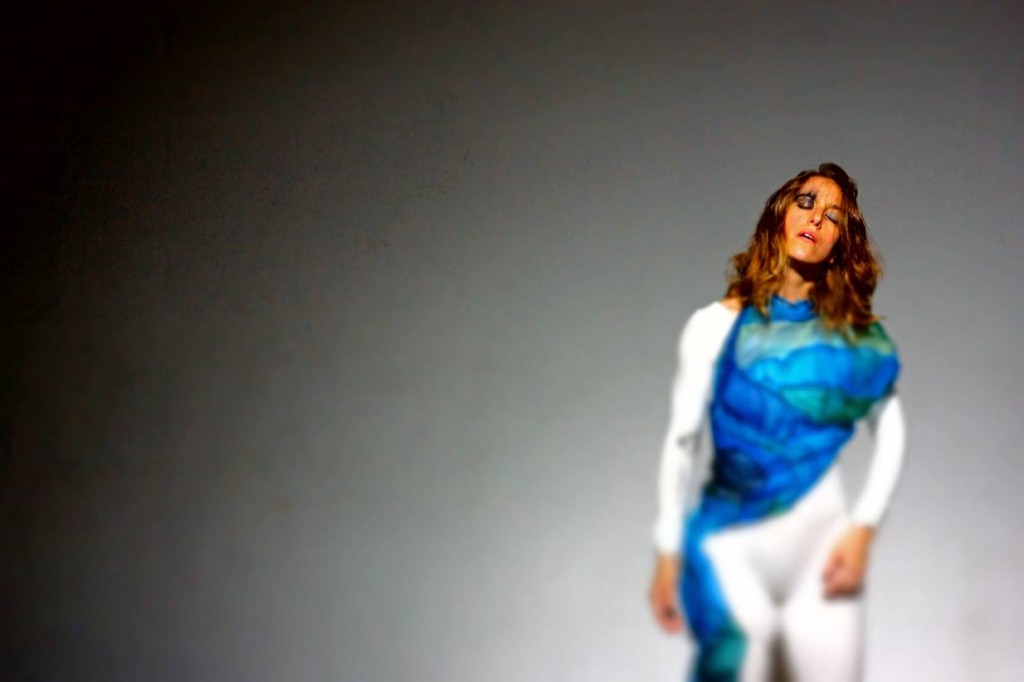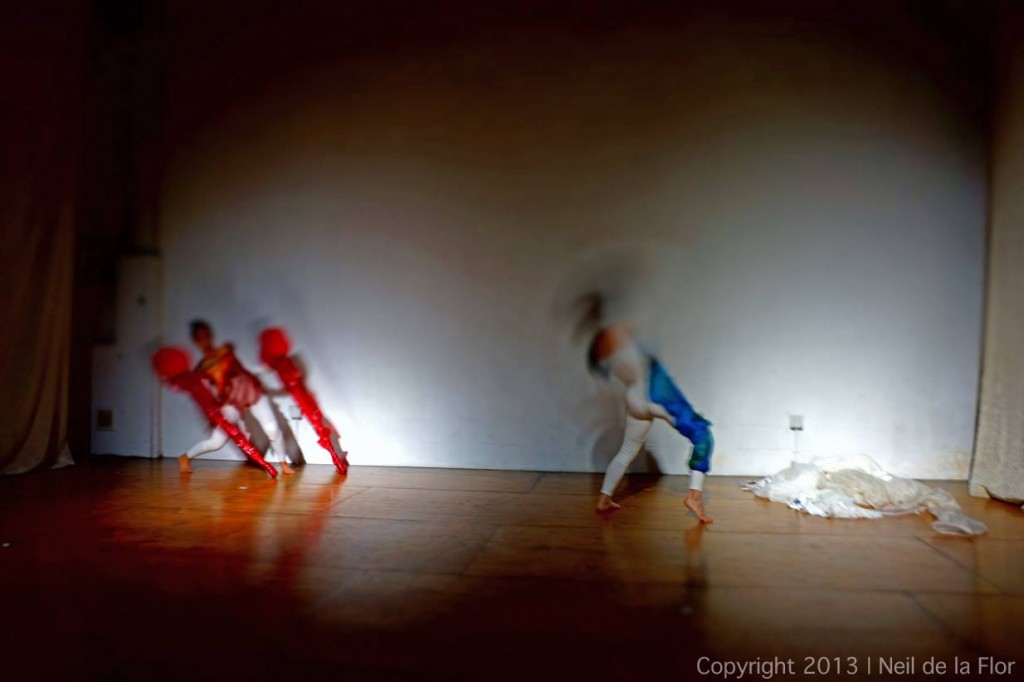
Juraj Kojs’s discordant harmony
Of what use is it to explore the relationship between touch, sound and movement when that exploration may divide into incongruous factions? This is a question that Slovakian composer, performer, multimedia artist and Inkub8 artist-in-residence Juraj Kojs’ experimental work, “Touch Me Hear,” sought to answer during his two-night performance at Inkub8.
Kojs mined his vast expertise with experimental sound-based technology for “Touch Me Hear.” In this performance, Kojs rigged up dancers Carlota Pradera and JoAnna Ursal with high-tech listening devices, essentially microphones strategically placed on their bodies, that captured and transmitted sound (based on their movements) to Kojs’ computer, where he then processed those sounds in real-time. The sounds were then woven into a pre-programmed score to create a unique composition for each performance.
However, throughout the course of the performance, the relationship between touch, sound and movement, despite their obvious connection, felt disconnected and dissonant. Maybe this disconnection had something to do with the aggressive nature of the score or the oddly chosen wardrobe and props. The sonic vibrations created by the dancers distracted from, rather than connected the viewer to, their movements on stage. The props and costumes should have been pared down.
I experienced “Touch Me Hear” as two distinct performances mashed together. The dancers, who at times created stunning symmetry, were used as tools for sound, rather than bodies in motion. Strangely, this felt out of touch with the music as Pradera and Ursal became mere extensions. Their bodies, hair, clothes, limbs and breath were musical instruments, yet these instruments created divisions, rather than synchronicity. The performance seemed eerily at odds with itself.
“Touch Me Hear” by Juraj Kojs. Photo by Neil de la Flor
When I went back the following night to see the performance again (as a casual viewer), I experienced a different performance. In comparison, on the second night, “Touch Me Hear” fulfilled the promise of Kojs’ program notes that “the piece exposes disappearing awareness between what can be felt and what actually is.” However, I had to first be aware of what was before I could understand what I felt. What I thought I had experienced (the first night) was incongruous with what I had actually experienced (the second night). The thing is this: I had to be exposed to the performance twice and listen to Kojs’ post-performance explanation of the technology to get the machinations behind Kojs’ brilliant madness.
For me, process matters. In “Touch Me Hear,” the performance did and did not matter. It both distracted and created the genius of Kojs’ work. The dilemma, of course, is what to do and what to feel about a process that overwhelmed a performance that essentially revealed the discordant yet congruous relationship between touch, sound and movement. For Kojs, making the performance matter is now paramount, for a process depends upon it.
Recent Content
-
Artsarticle ·
-
Artsarticle ·
-
Artsarticle ·

